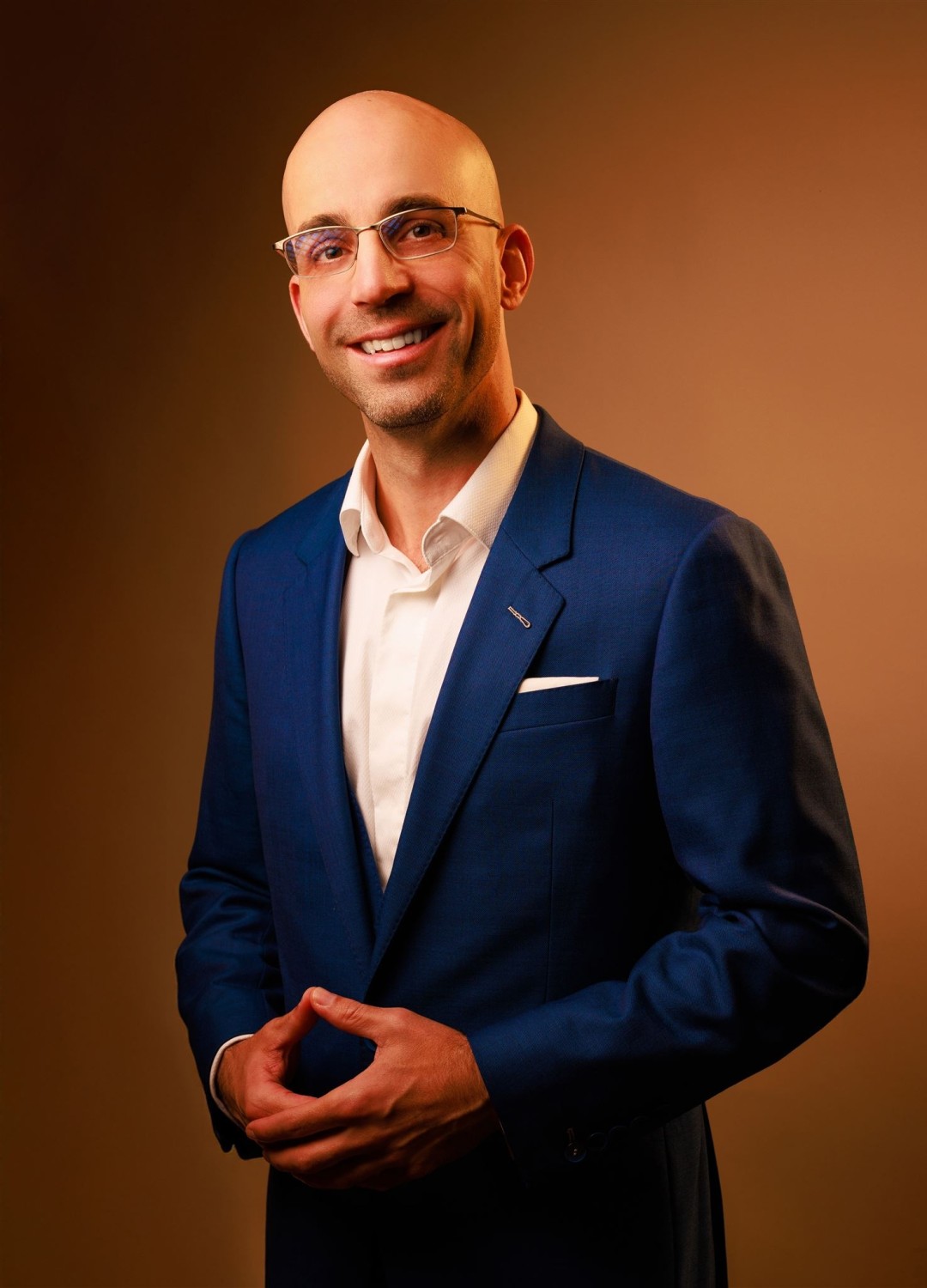This past week I found myself in a deep and thoughtful conversation with a client facing what many would see as a high-class problem: they were about to receive a significant sum of money, several million dollars in total, following a successful business transaction.
Disclaimer: This article is for informational purposes only and does not constitute financial, legal, or tax advice. Always consult a licensed adviser before making decisions about your financial affairs.
As anyone who’s walked that path knows, sudden wealth (even when entirely earned) brings complexity. It exposes the inadequacy of improvised structures, and reveals the risks that arise when your affairs are not as intentional as your efforts.
My client shared European and Australian citizenship and has built a life across borders. Their income, investments, intellectual property, and relationships all lived in multiple time zones. And while their work was visionary and values-driven, their financial architecture hadn’t kept pace.
We asked: How should they structure themself now, to support the life they want to live?
What followed was less about spreadsheets and more about stewardship. We weren’t just “setting up entities” – we were designing a system that could carry wealth across decades and generations, with integrity.
From Transaction to Transformation: Building a Fit-for-Purpose Framework
What quickly became clear was that no single vehicle could do the job. The goal wasn’t to ever avoid tax, or to complicate things unnecessarily – it was to build a structure fit for purpose.
One that could:
- Receive large sums of income without triggering unintended tax consequences.
- Protect intellectual property and separate it from trading risk.
- Accommodate international citizenship and residency considerations.
- Build wealth tax-effectively over time.
- And, perhaps most importantly, create a flexible, durable legacy for children and grandchildren.
Together, we designed a structure that included:
- A Family Trust for flexibility, income streaming, and eventual legacy planning.
- A Holding Company to manage equity investments and retain profits at a lower tax rate.
- An IP Holding Company to license valuable branding and content assets.
- A Self-Managed Super Fund (SMSF) for long-term retirement wealth, growing quietly in the background.
- And on the three-to-five-year horizon, a potential Property Trust, to hold real estate and allow for co-investment between family members and the SMSF.
Each element was designed with a distinct purpose, and together they formed a system capable of holding wealth with intention.
Key Considerations We Navigated
> 1. Where Should the Money Land?
When a financial event occurs (a payout, sale, or a lump-sum contract) where it lands first matters. Is the entity receiving the income structured for efficiency? For flexibility? For asset protection? The answer isn’t always obvious, and once the money hits the wrong account, options can narrow quickly.
> 2. Cross-Border Visibility and Responsibility
Holding dual citizenship opens doors though also adds responsibility. The world is increasingly transparent, and Australia participates in the OECD Common Reporting Standard, which means overseas bank accounts and company holdings are visible to the ATO. The right is “how do I structure my earnings transparently, so that it supports my goals without inviting unnecessary risk?”
> 3. Superannuation as a Wealth Engine
For clients with decades ahead of them, super is often under-utilised. Yet with concessional tax rates and the ability to self-direct investments through an SMSF, it can become a powerful long-term compounding tool, especially when managed alongside other entities like a family trust or holding company.
> 4. Diversifying with Intentional Partnerships
A well-diversified portfolio often spans property, listed markets, and private equity. Beyond asset allocation, it involves choosing the right professionals to manage each domain. In this case, we explored the process of researching and meeting with potential managers across those areas. This wasn’t to compare performance; it was more focused on understanding how their philosophy, fee structure, and approach aligned with the broader strategy, and ultimately, to build a resilient set of relationships that could evolve with time.
> 5. Separating Ownership from Operation
Creating a dedicated IP company allows for brand, content, and trademark assets to be held independently from day-to-day operations. This creates licensing income, supports commercial clarity, and protects core assets from operational risk – especially relevant for service-based or advisory businesses.
> 6. Holding Company as Strategic Hub
Rather than hold future equity stakes personally, a holding company allows for all investments (such as in startups, advisory clients, or joint ventures) to be managed under a single, purpose-built entity. This simplifies future exits, allows dividends to be streamed to the family trust, and retains earnings in a tax-controlled environment.
Legacy Beyond the Balance Sheet
One of the most powerful shifts that occurred during our work together was the client beginning to see their wealth not just as a balance sheet, but as a form of narrative continuity.
I asked:
- Who are we building this for?
- What do you want your children and grandchildren to inherit – just assets, or also decision rights?
- How can we structure things so that responsibility and opportunity are passed on together?
A discretionary trust is a starting point, but family charters, governance documents, and intergenerational mentoring are just as critical. These are conversations worth having early, while the ink is still fresh and the intent is clear.
The Role I Play
As I’ve said before, I’m not a financial adviser. I don’t provide tax advice or legal sign-off. What I do offer is something complementary – a container for strategic clarity. A space to talk about the real questions before we call in the implementation teams.
I act as a translator, a facilitator, and a second mind. Someone who helps you articulate what you really want from the wealth you’ve created – and then ensures the structure reflects that intent.
If that’s the kind of partnership you’re seeking, I’d be happy to discuss further.

